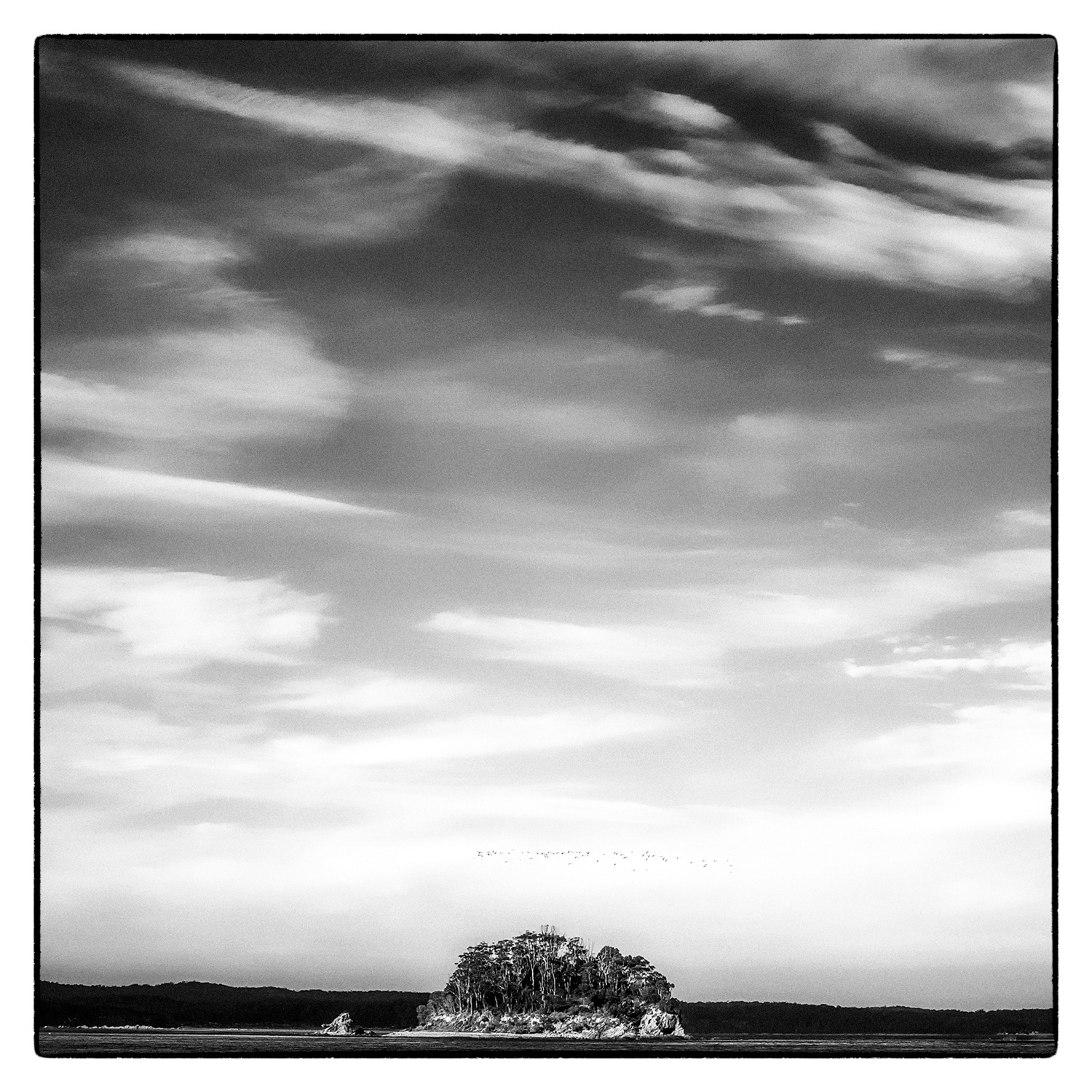
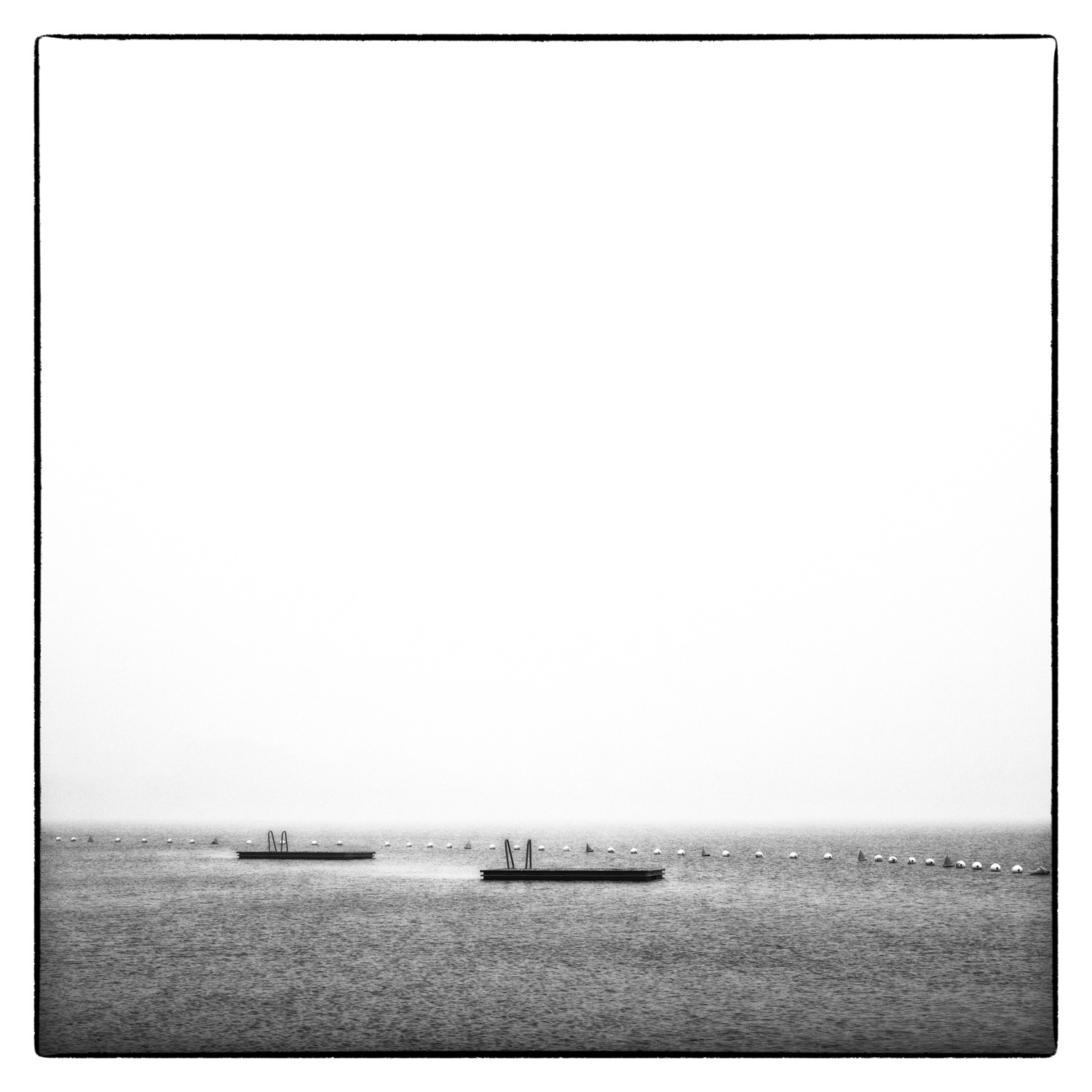
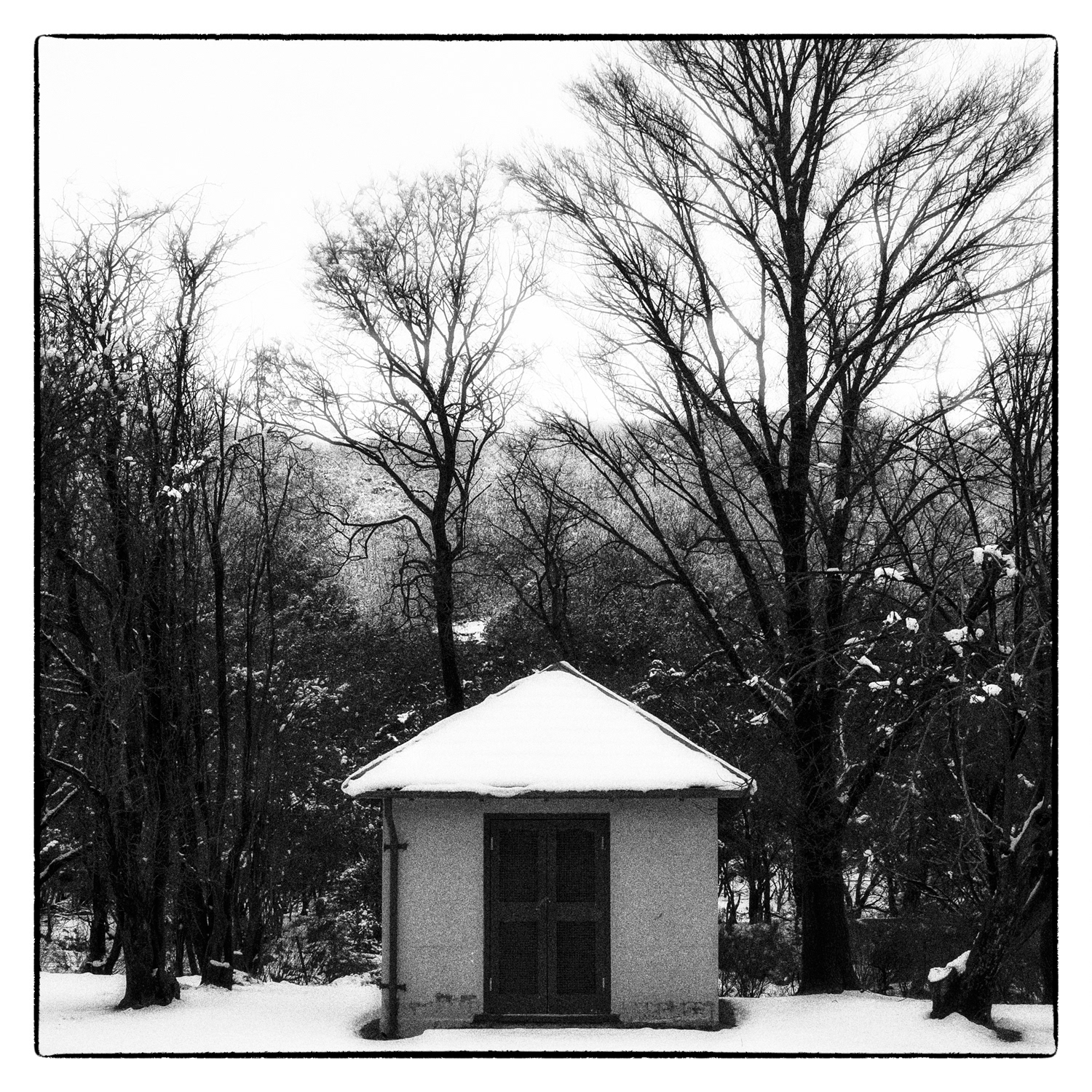
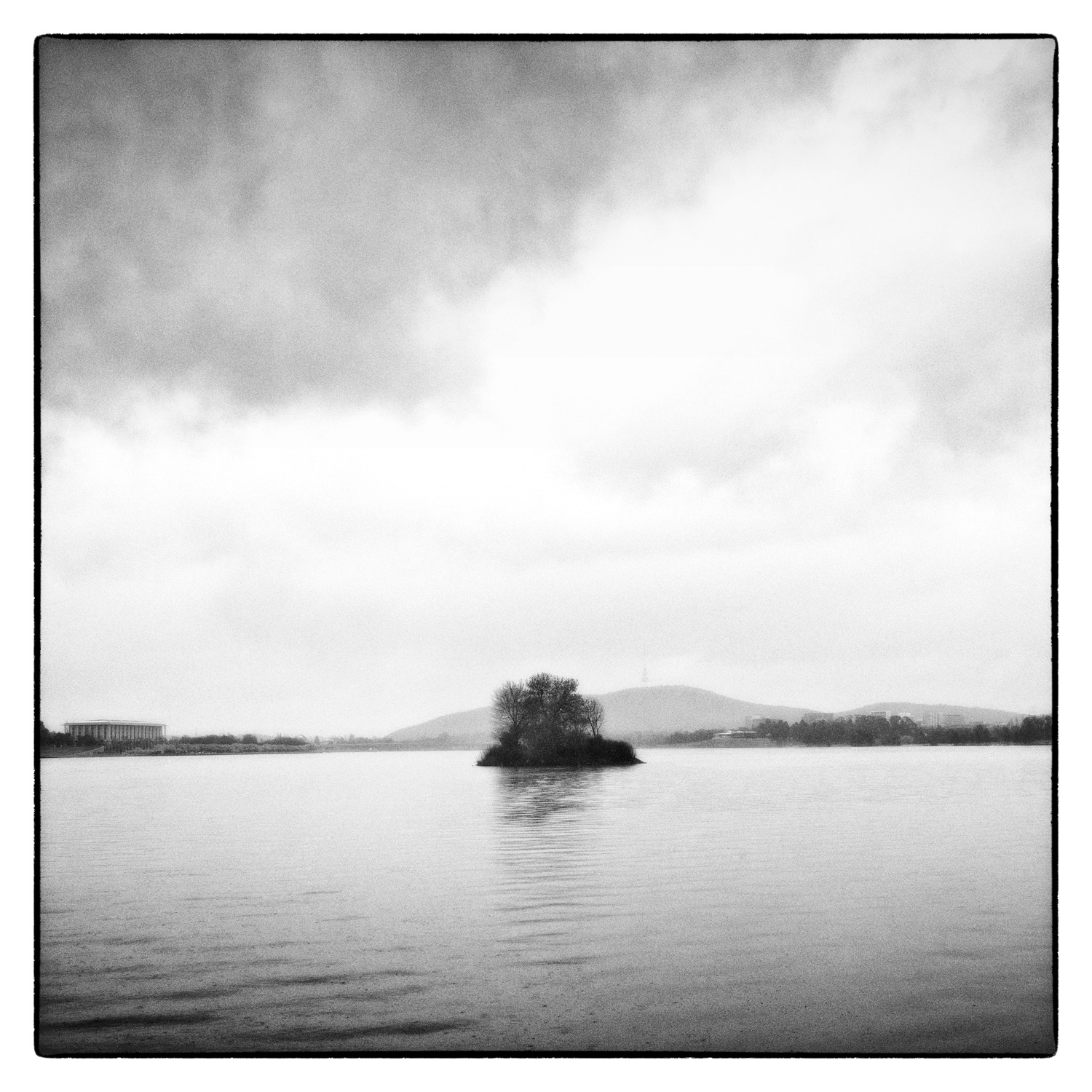
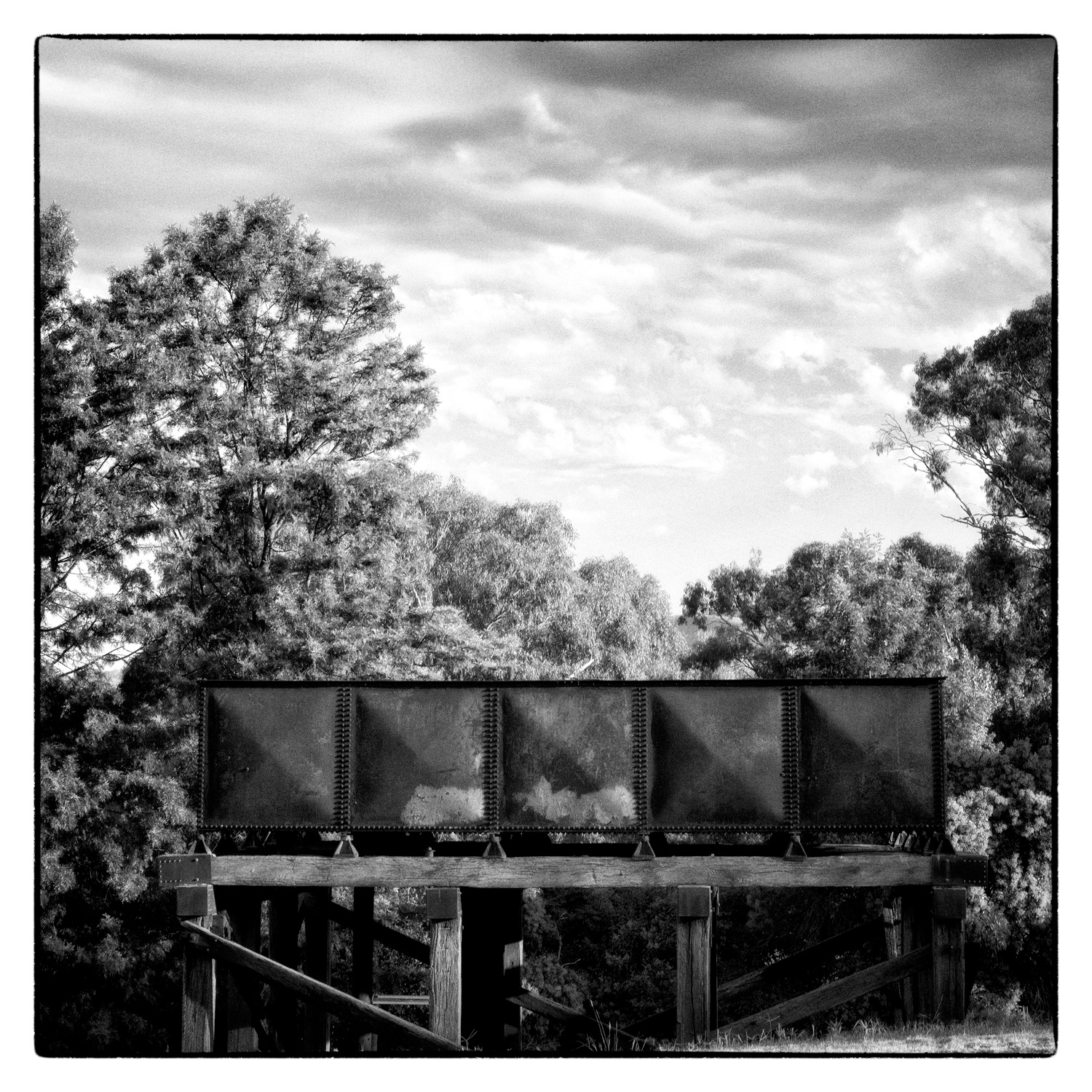
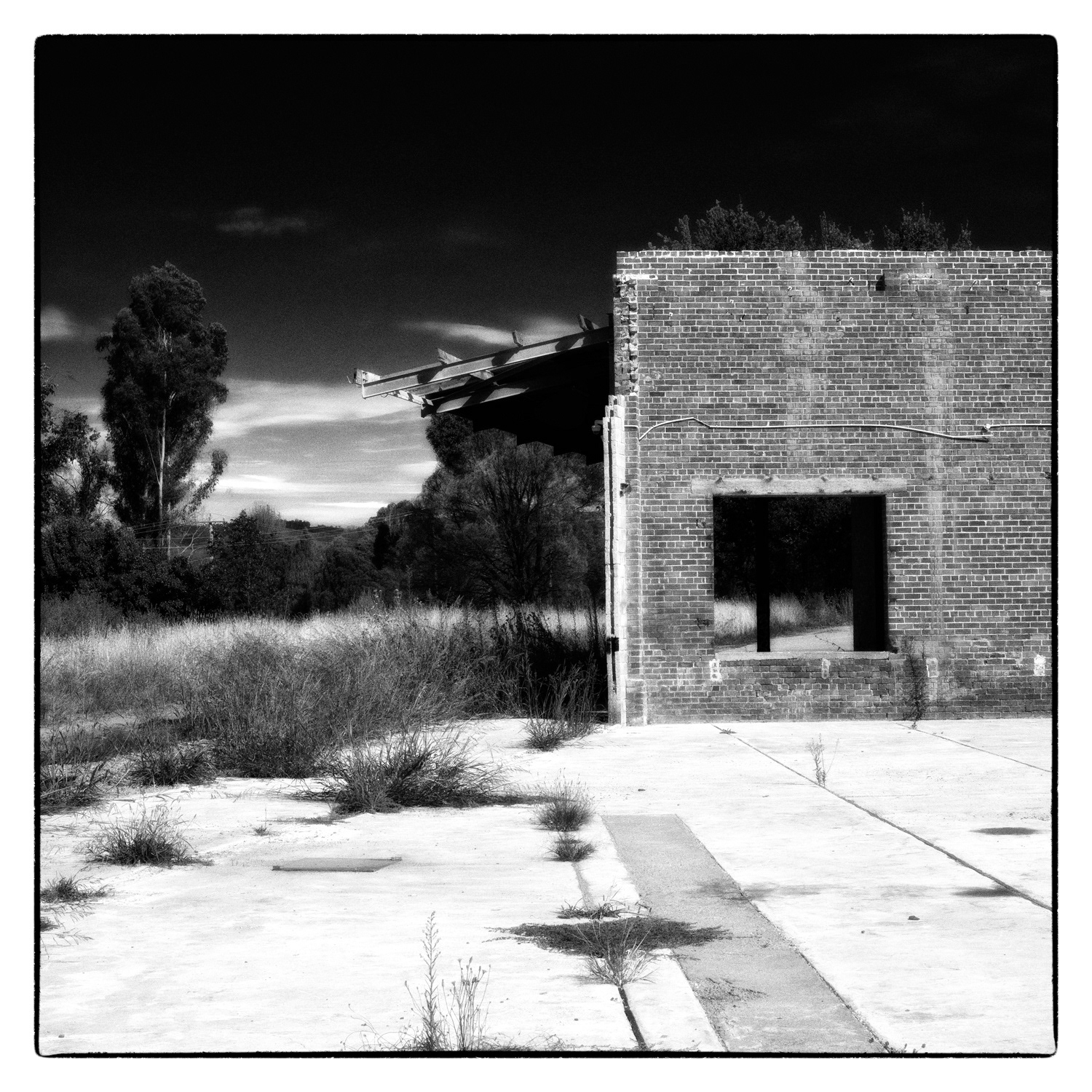
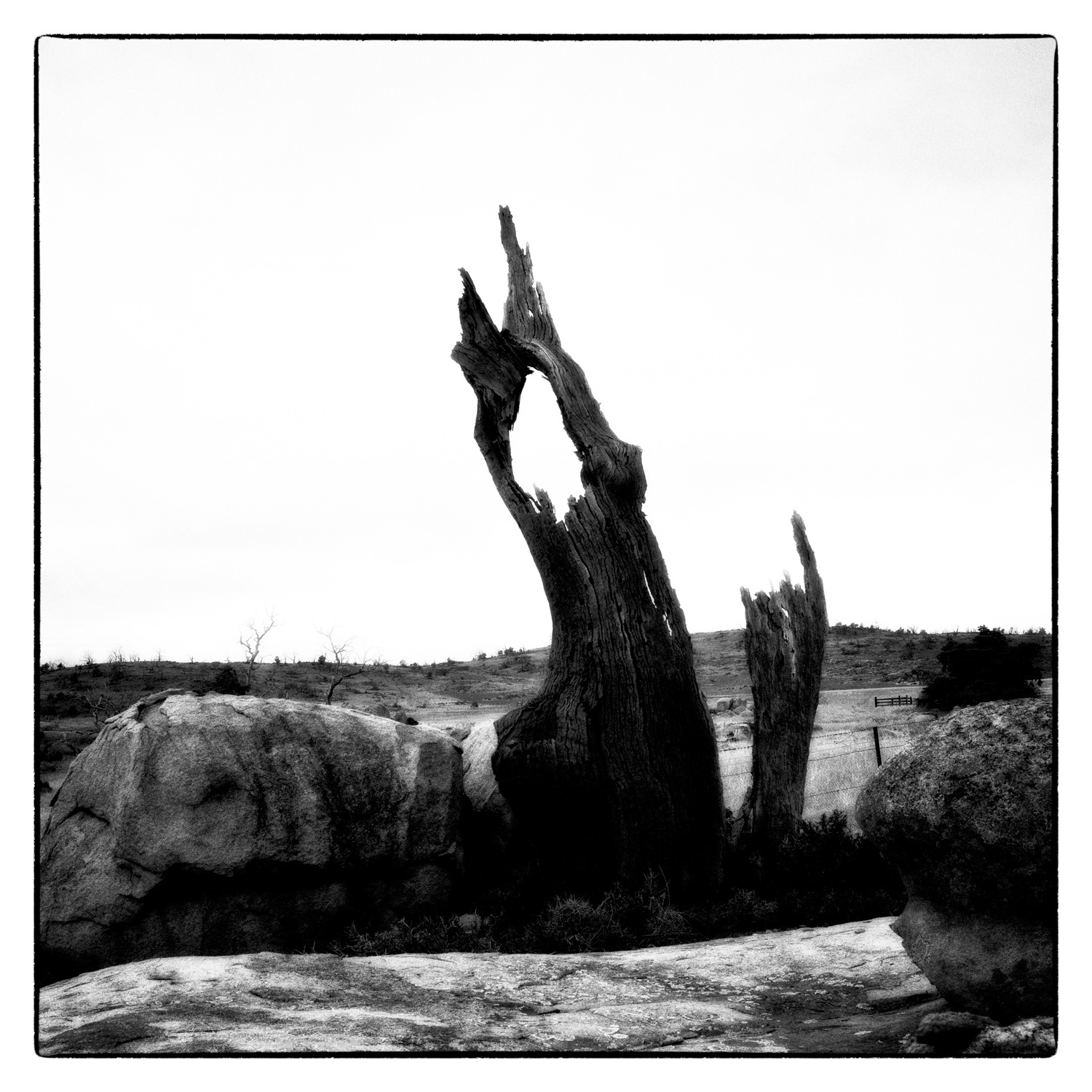
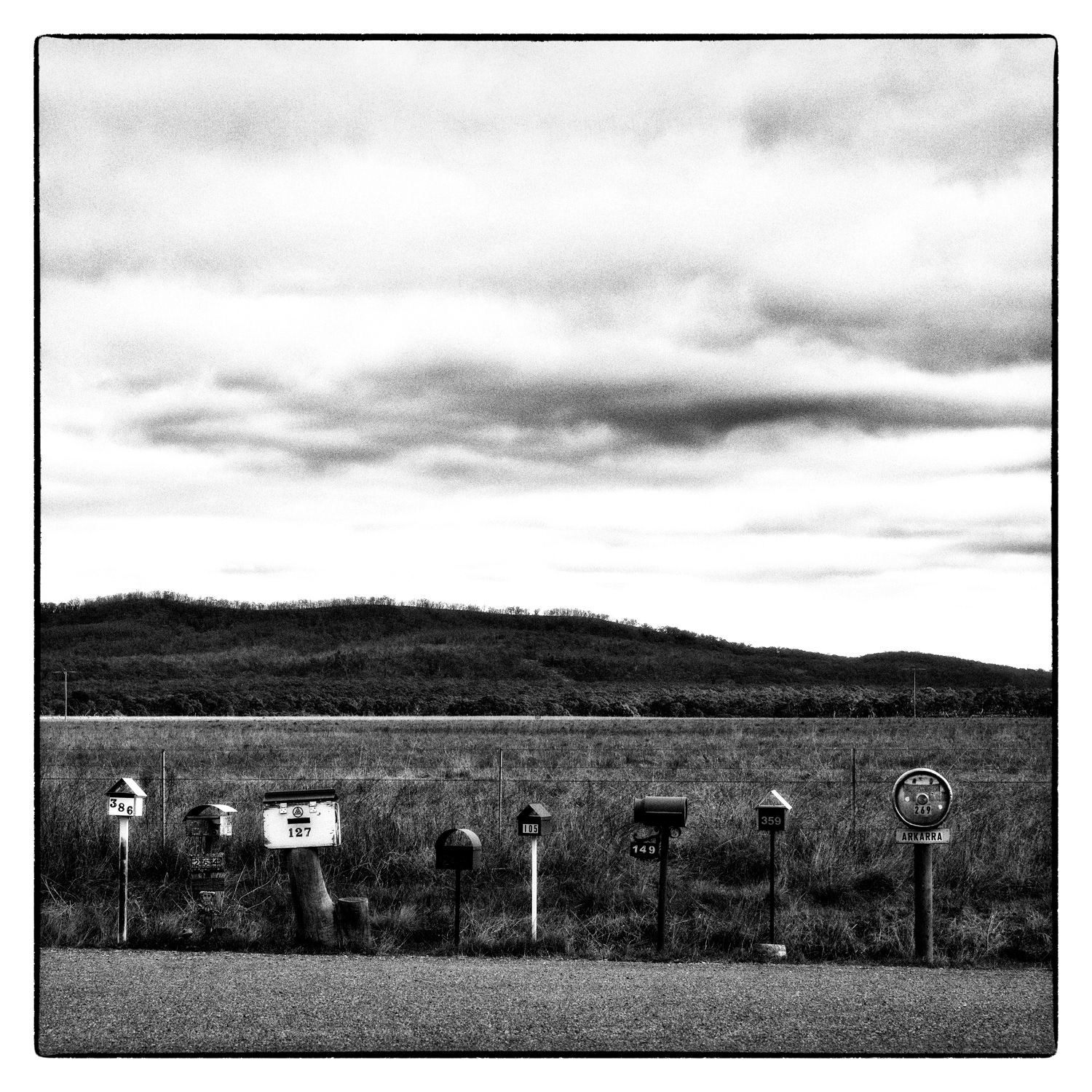

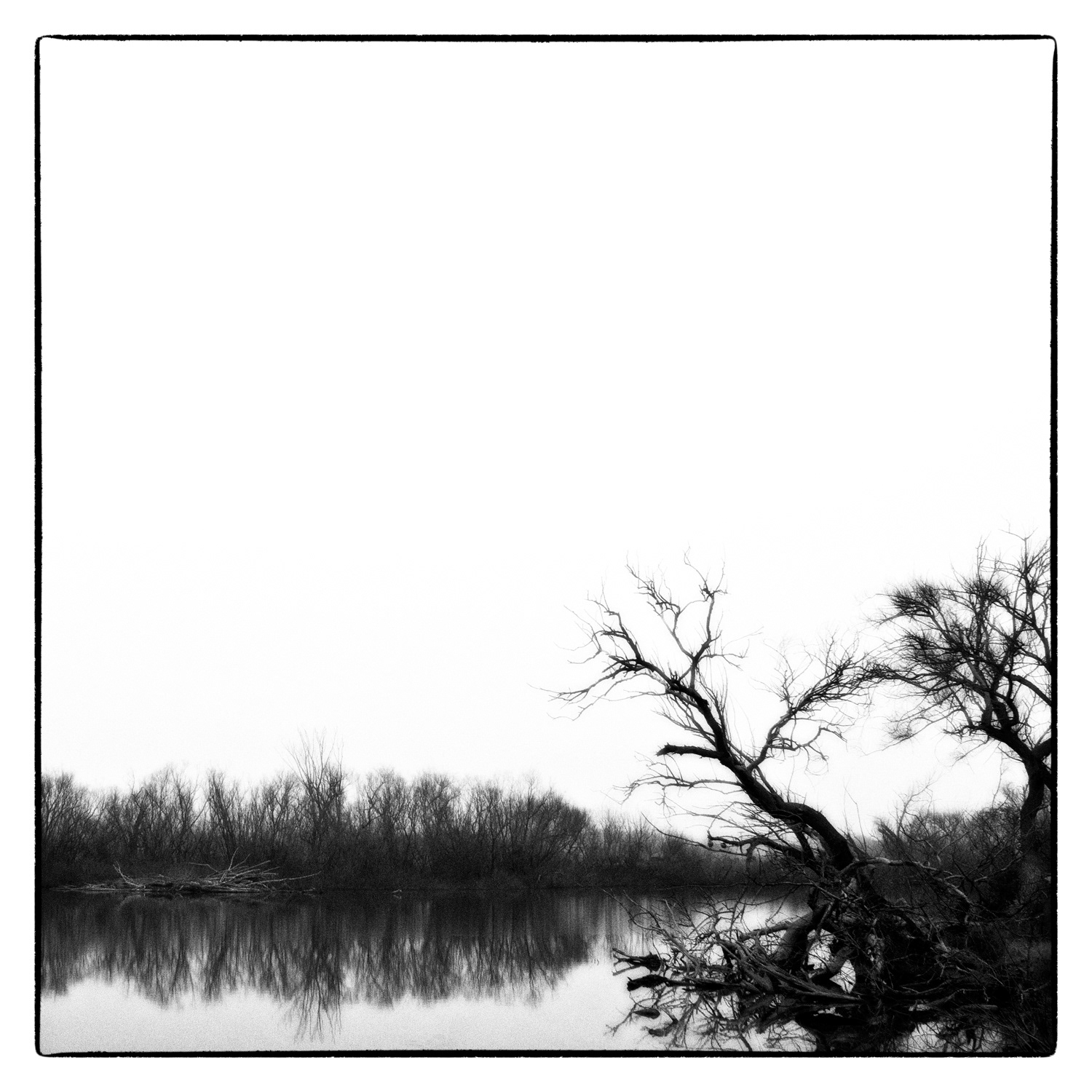
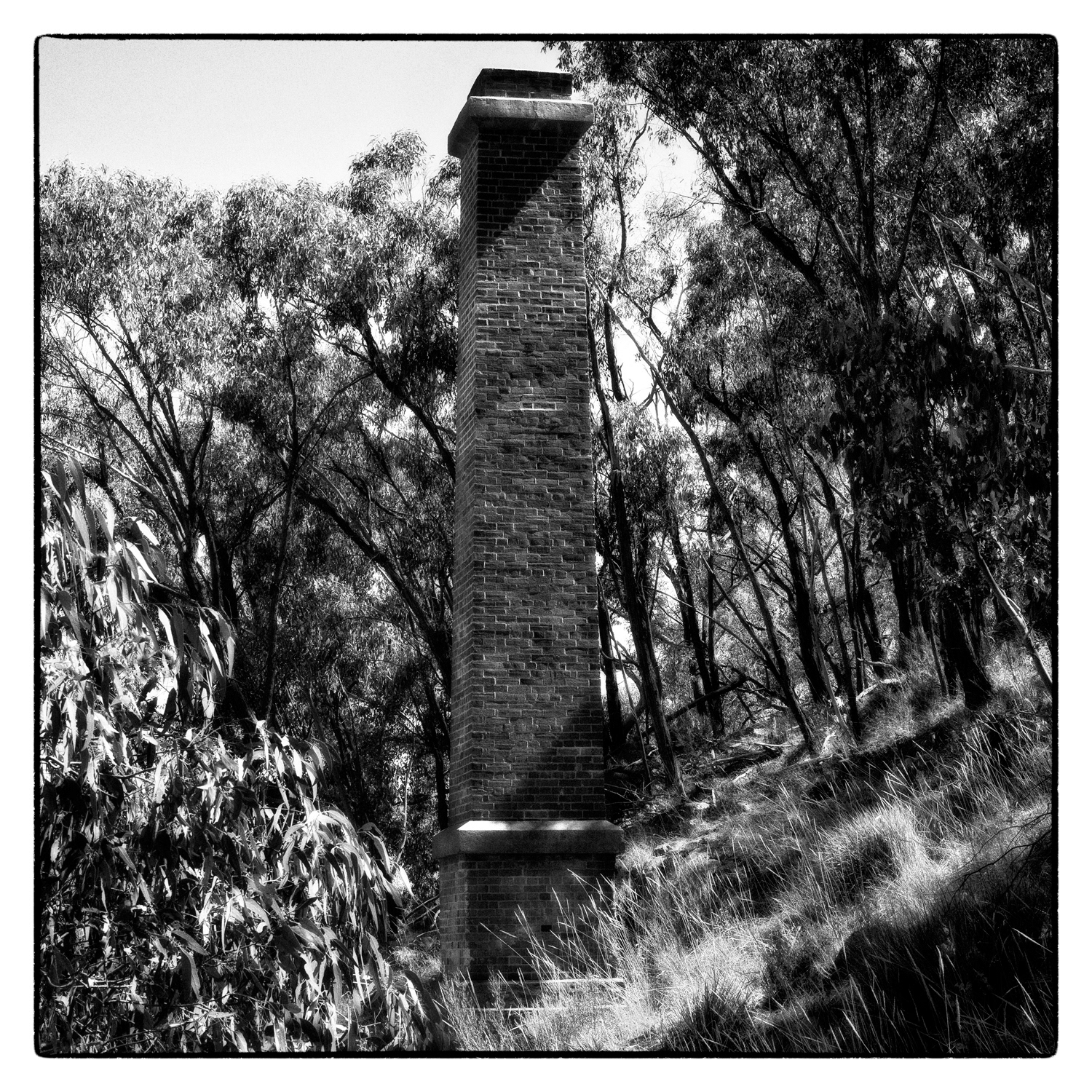



























When contemplating this series of work, one that is closer and more personal, there needed to be a reflection of the history, the memories and the physical properties of place, time and object. The preparation for this body of work involved a delving into recollections, travel to remembered locations and the accumulation of objects passed down from previous generations. Each memory and object bought with it an emotional resonance. We live in an old country. There are overlapping stories that will never be told. Photography in the age of the digital world takes on a challenging position. Roland Barthes commented “The photograph does not say what is no longer, but only for certain what has been”. It is by its very nature democratic. Everyone is able to document the falling of light on an object or subject. The role of the artist photographer is to create a series of work far more nuanced and evocative, bringing into play an understanding of context, form and composition. Most photographers start and finish with the split second of image capture-the reliance on the machine of the camera. But, to craft meaningful images, it is the start. Robert Frank said “there is one thing the photograph must contain, the humanity of the moment”. Every series of work I produce I begin with the idea of how I would like the images to be represented and then work back from there. It is always far more complex and time consuming than I imagined to exactly define the properties I want from a print. And it is this preciseness of image making that gives life to images. One only has to look at the great Magnum photography printer Pablo Inirio to understand the power of printmaking to photography. He made the works of photographers such as Cartier-Bresson, Dennis Stock and Rene Burri sing off the paper.
I was drawn to two writers Akiko Busch and Xavier Maistre. The former wrote the book Geography of Home, the latter A Journey around my Room. They both investigate the idea of a domestic space, the lived place. They involve the idea of a sense of continuum. We have, in our domestic lives, loved objects, that transport us.
"In learning to live with our emotional past, we value its physical artifacts as well. The more we personalise our possessions, the more we are able to see ourselves in them. And once we have invested ourselves in the things we own, it is difficult to get rid of them. Which is why I am certain sentimentality is grossly undervalued. For what is sentimentality after all but the opportunity to put a value on the past without putting a clinical burden on it, a way of attaching worth to a personal history with a sense of lightness…"
Akiko Busch
When I photographed my grand mother’s crockery as part of the Domestic Series, I was amazed that the need for beauty was so strong in her. She lived in a harsh, isolated community, but the desire for a comfortable domestic interior motivated her to transport objects from England and the USA to regional NSW. At great cost and effort! And the houses were always designed to have a sense of order. And they were full of books and games. We are now not so isolated, and the comforts we have can only be imagined for previous generations. But perhaps, in our multi faceted lives, more than ever we need a connection to past, a blend of the technological and nostalgic. And it is never logical. The most interesting houses I am invited into are those with a variety of personal and collected items, placed “just right”. They excite our mind and take us onto imagined journeys. When we inherit objects they are often an inventory of useless things-their purpose lost in time, but strangely delivering an aesthetic that is impossible to replicate.
As Susan Sontag wrote fewer of us “possess objects that have a patina, old furniture, grandparents pots and pans-the used things, warm with generations of human touch, essential to a human landscape. Instead, we have our paper phantoms, transistorized landscapes. A featherweight, portable museum.”
I was surprised by the recurring geometry in the Place Series. I travelled widely throughout the places my great grand parents, grand parents and parents lived, worked and holidayed in. The Monaro high country, Goodradigbee, the Canberra region and the trail to the coast. Squares, rectangles, circles, triangles, oblongs. It appears a human element that in our desire to subdue nature we create repeating patterns of shapes and forms. The more intensely tilled environments display the greater observations of the human presence. By looking at the relics of our habitation, and indeed the cavalier manner in which we leave our cast off or out industria of a previous time, I feel for the wanton destruction of our natural environment. As we encroach further and further into what were flora and fauna habitats we are at risk of destroying what is most precious to us. The fine line between a thriving humanity and also a respected and protected natural world is reflected in many of the images. It is the defining moment of our time now.
“I discovered that half the planet is pristine. We live in towns such as London, Paris or Sao Paulo and have the impression that all the pristine areas are gone, but they are not”
Sebastiao Salgado